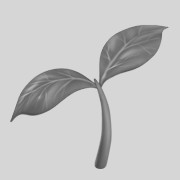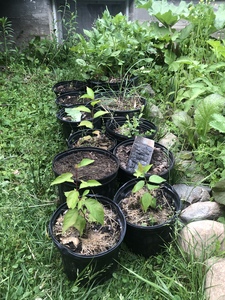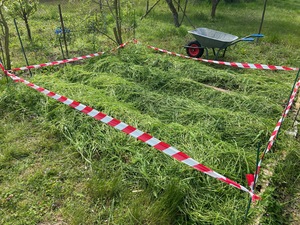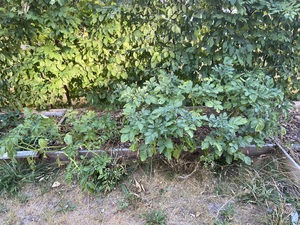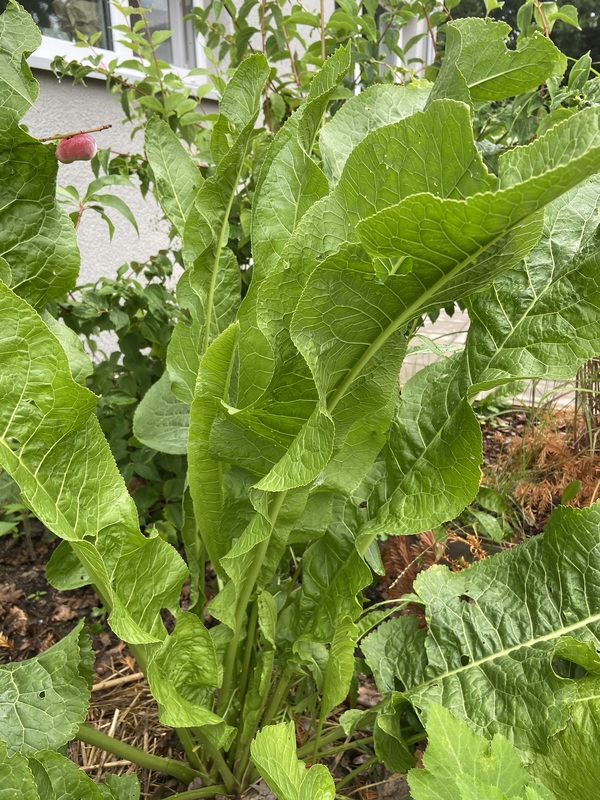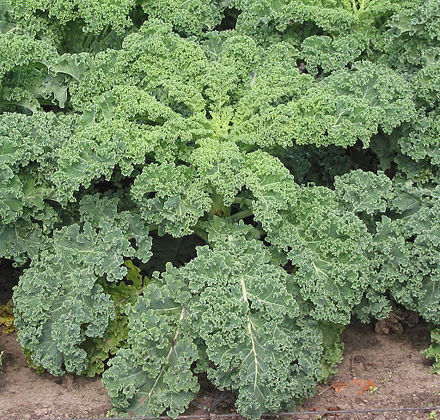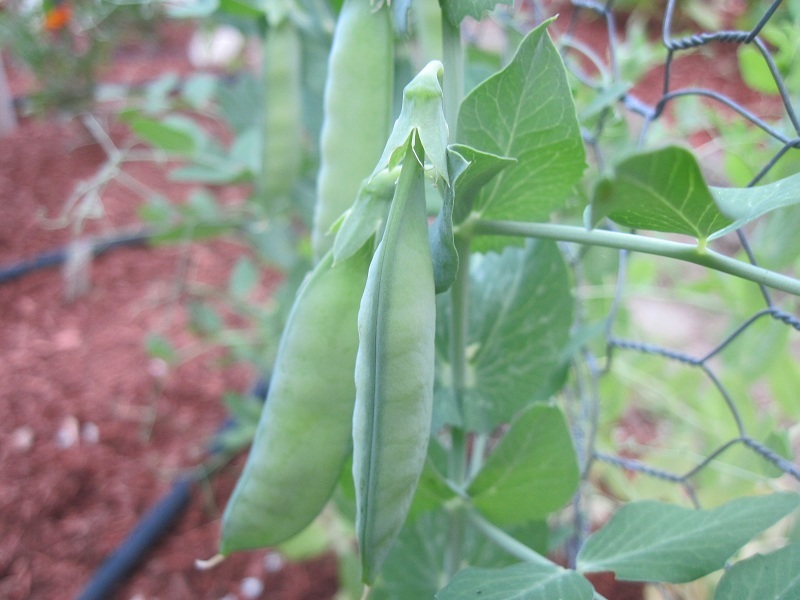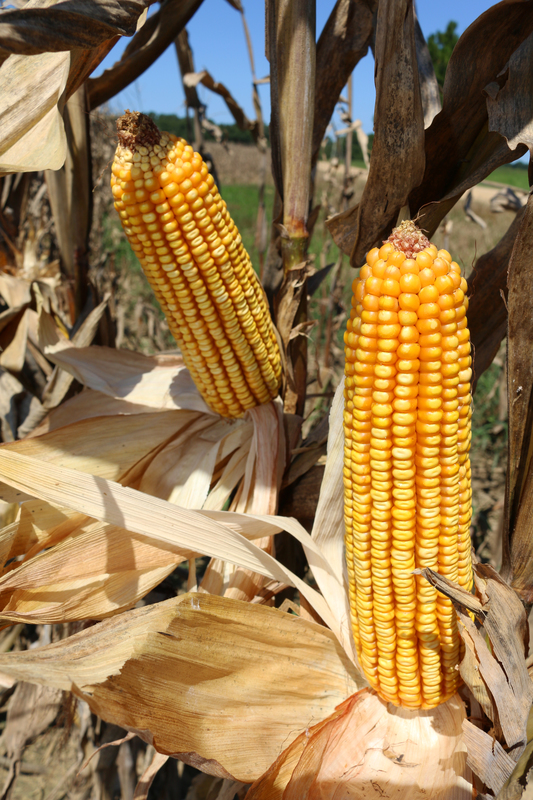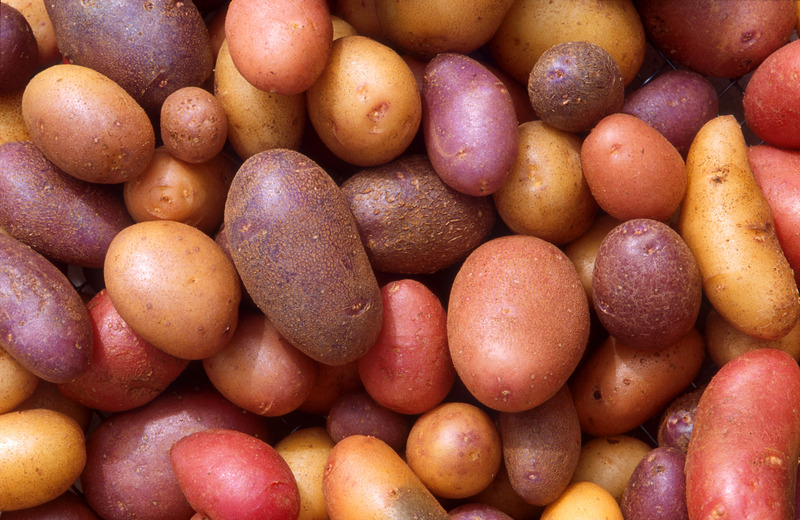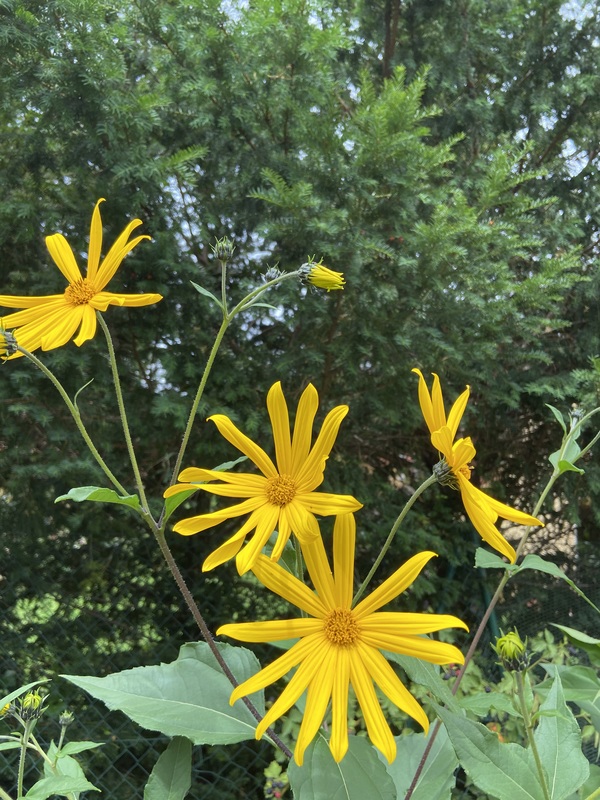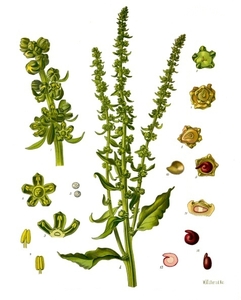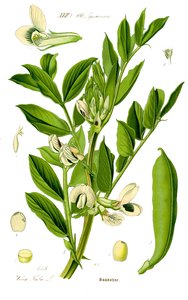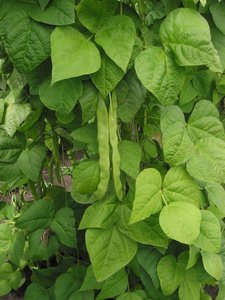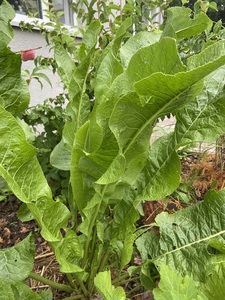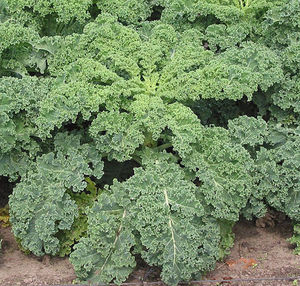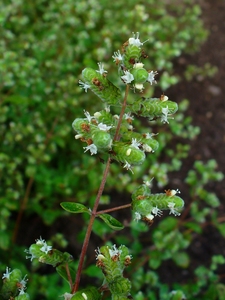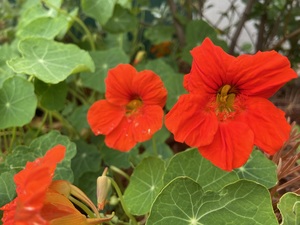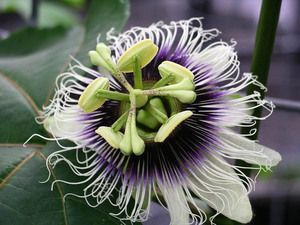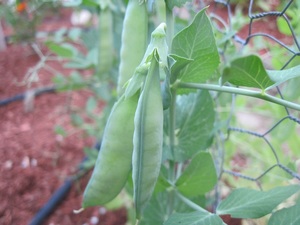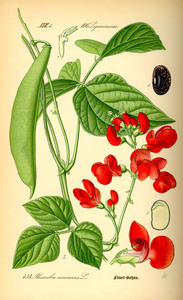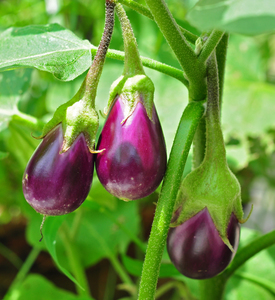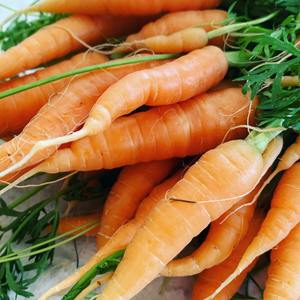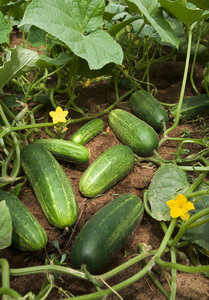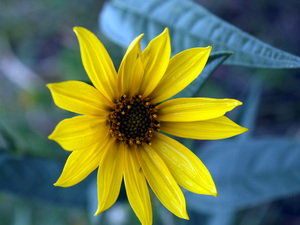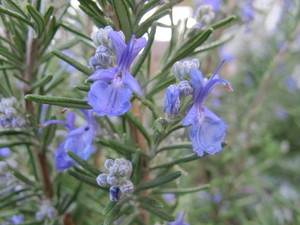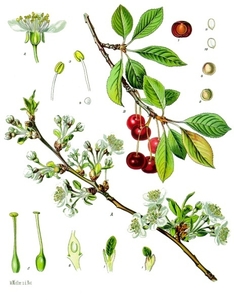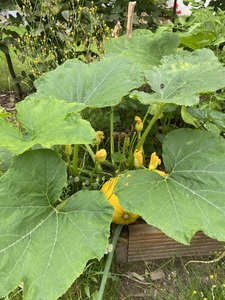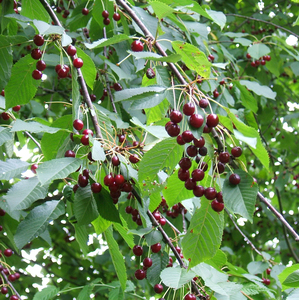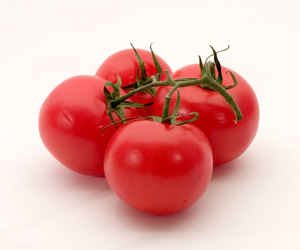Description
Potato (Solanum tuberosum) is a herbaceous perennial plant that is native to the Andean region of South America. It is a member of the nightshade family (Solanaceae) and is closely related to other nightshades such as tomatoes, eggplants, and bell peppers.
The potato plant has a bushy growth habit and can grow to heights of 30-150 cm depending on the variety. The leaves are large, heart-shaped, and alternate along the stem. The flowers are white or purple and have five petals. The plant produces small green berries that contain numerous seeds, but most varieties of potatoes are propagated vegetatively from tubers rather than from seeds.
The edible part of the potato plant is the tuber, which is an underground stem that is modified for food storage. Potatoes come in a wide range of shapes, sizes, and colors including white, yellow, red, and purple. The size and shape of the tuber depends on the variety, with some varieties producing small, round tubers and others producing large, elongated tubers.
Potatoes grow best in well-draining, fertile soils in a sunny location with a pH of 4.5-6.0. They require regular watering and should be planted in a location with good air circulation to prevent fungal diseases. Potatoes are typically planted from tubers that have been treated with a fungicide to prevent disease and are spaced 25-30 cm apart in rows that are 75-90 cm apart. The tubers will begin to form in the soil around 6-8 weeks after planting and can be harvested when they reach the desired size.
Potatoes are a versatile and nutritious food source that is rich in vitamins, minerals, and fiber. The tubers are eaten cooked, baked, fried, or mashed, and the leaves and flowers of the plant can also be eaten. Potatoes can be stored in a cool, dry, and dark place for several months.
Potatoes have a number of uses beyond their value as a food source. The tubers can be used as seed potatoes for planting, and the leaves and stems can be used as a natural insecticide or as mulch in the garden. In some parts of the world, potatoes are also used for their medicinal properties.
Potatoes are a valuable food source for a variety of wildlife, including deer, rabbits, and squirrels. The flowers of the potato plant are also a source of nectar for bees and other pollinators.
Varieties
